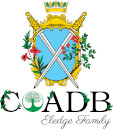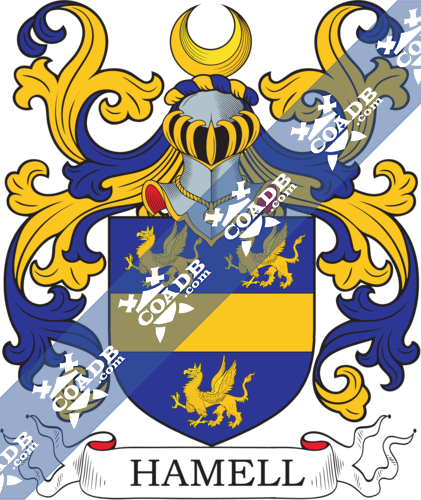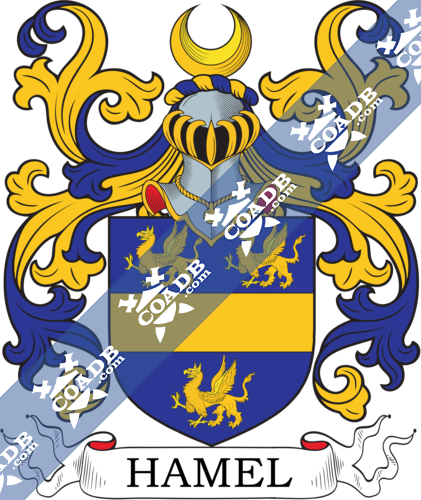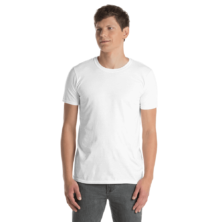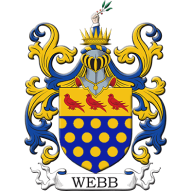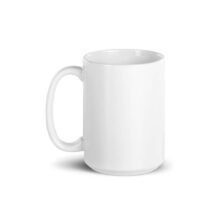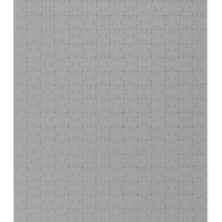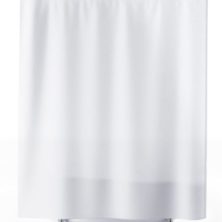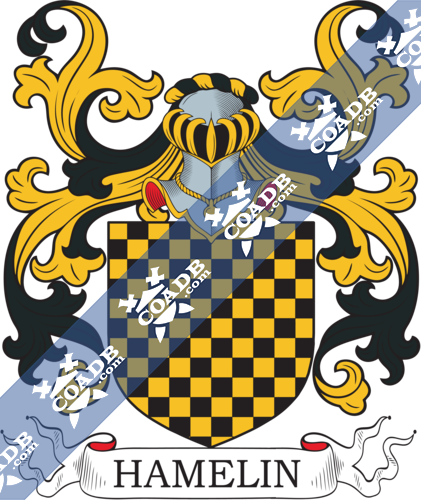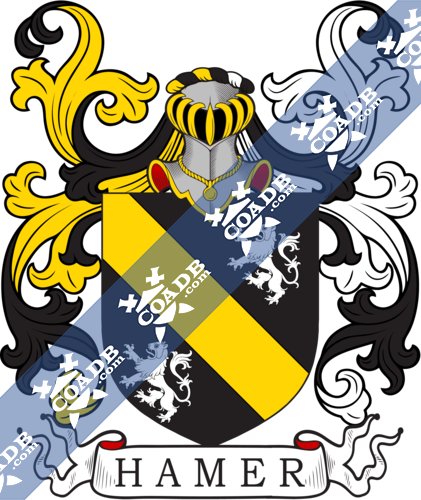Hamell Family Crest, Coat of Arms and Name History
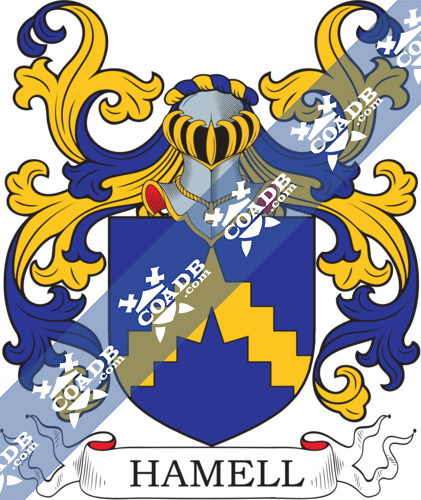
Hamell Coat of Arms Gallery
Don’t know which Coat of Arms is yours?
We can do a genealogical research. Find out the exact history of your family!
Learn MoreOrigins of Hamell:
The Hamell surname acquires from an Old French word “hamel,” which meant “homestead.” It was likely first used as a name to describe a person who resided at a farm on the outskirts of a main village.
Variations:
More common variations are: Hamel, Hamell, Hamil, Hamill, Hammel, Hammell, Hammil, Hammill, Hamelin, Hamlin, du Hamel, du Hamell, duHamil, du Hamill, du Hammel, du Hammell, du Hammil and much more.
England:
The surname Hamell first appeared in Normandy (French: Normandie), the earlier Duchy of Normandy, where this illustrious family held a family seat at Desert, Fougeroux, and St.-Etienne.
United States of America:
Some of the people with the name Hamell who arrived in the United States in the 18th century included Murdoch Hamel] settled in New York State in the year 1738. Murdoch Hamell, who landed in New York in the same year 1738. Archibald Hamell, who arrived in New York in 1740. Mary Hamell, who landed in New York in the year 1740. Archibald Hamel] settled in New York state in the same year 1740. The following century saw much more Hamell surnames arrive. Some of the people with the surname Hamell who arrived in the United States in the 19th century included Geo Hamell, who arrived in Baltimore in the year 1833. Bernard Hamell, who came to Baltimore in the year 1844. Archibald, James, John and Jacob Hamel] settled in Philadelphia between 1749 and 1850. Charles Hamell, who landed in Allegany (Allegheny) Division, Pennsylvania in the year 1873.
Canada:
People with the surname Hamell settled in Canada in the 19th century. Some of the people with the surname Hamell who came to Canada in the 19th century included Patrick Hamell at the age of 26, a labourer, arrived in Saint John, New Brunswick in 1833 aboard the ship “John & Mary” from Belfast, Ireland. Ann Hamell at the age of 18, arrived in Saint John, New Brunswick in 1833 aboard the ship “John & Mary” from Belfast, Ireland.
Blazons & Genealogy Notes
1) (co. Buckingham). Az. a chev. dancettee or.
2) Az. a fesse betw. three griffins pass. or. Crest—A crescent or.
